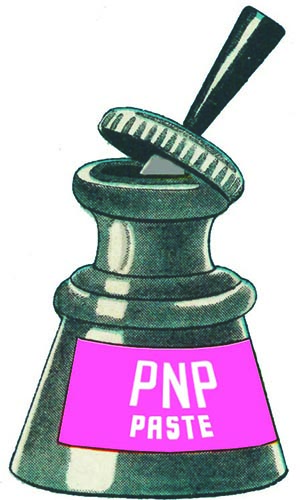I can't be the only one who watches the gorgeous cityscape scenes in Ridley Scott's Blade Runner (1982), with its steel skyscrapers and smoking dark pyramid-blocks, and wonders just how such a dystopia would work in practice. How would one go about buying a flat? How would a development company submit its application to build a futuristic ziggurat? How does the future Los Angeles municipal government maintain and plan its horrifying infrastructure?
The colossal mega-city is one of science fiction's most durable and reliable tropes. Isaac Asimov's 'Trantor' of his Foundation series, an entire city-planet enclosed and covered by human habitation, must be one of the apotheoses, but the trope goes back to the early twentieth century, as early as Fritz Lang's Metropolis (1927). In the Star Wars franchise, say, or in William Gibson's books, in the animated Akira (1988) and in such cult films as The Fifth Element (1997), the architecture of future megalopolises is an excuse for film makers and story tellers to cut loose and enjoy themselves, to make audiences gasp at their manufactured cityscapes. The Judge Dredd comics franchise has particular fun in evoking a post-apocalyptic megacity of laughable ultra violence.
These cities are beautiful, no question. What's missing, though, is a sense of history and of how those shiny (or ratty) cities came to be the way they are. Nuclear apocalypse? Dictatorship? Gradual reform? It's very hard to tell, and authors and screenwriters usually give only the most cursory of clues—leaving the rest for frustrated planning-minded audiences to ponder.
Picture a company such as Mirvac or Lend Lease proposing a smoking ziggurat or a glass dome city, anywhere near any current Australian city. You don't see these kinds of gigantic projects this side of the 1960s. The civic activism of people inspired by Jane Jacobs' work—and its emphasis on smallness and human scale—and anti-development sentiments mean we probably won't ever see their like again. The closest we get to such science fiction is the delightfully ludicrous Aspire Sydney proposal of 2013, which involved razing large parts of central Sydney, building skyscrapers throughout the inner west, and turning Glebe into a monster conveyor belt. Alas for fiction writers, the proposal got the suppressed-snickering silence from Government it deserved.
Potential authors, I appeal to you as a planning and historically-minded reader. If you're writing your dystopian fiction novel or screenplay and you've got a megacity in it, give us some sense of how it came to be. Does it have a council? Are there megacity NIMBYs? What are the major urban questions? Are there buses, trams, a subway, and are people happy with them? These details will go a long way towards building a complete and satisfying world.
LIAM HOGAN, SYDNEY
An entry for a recent 'Designing Sydney 2090' competition. An angel leading a soul into hell. Oil painting by a follower of Hieronymus Bosch, circa 1540. Wellcome Library, London. Image number L0030887, Library reference ICV No 17734.


